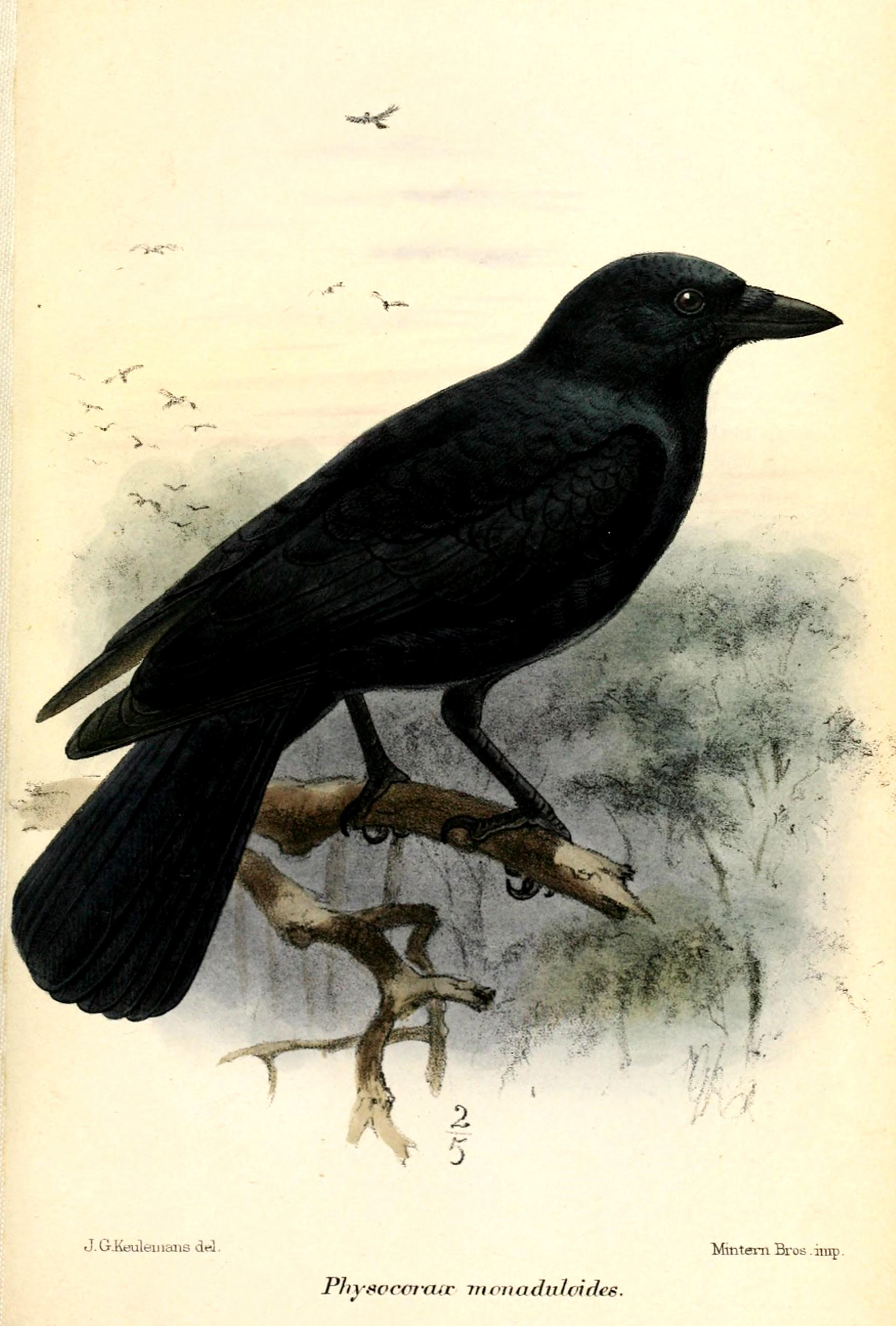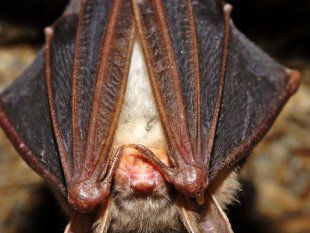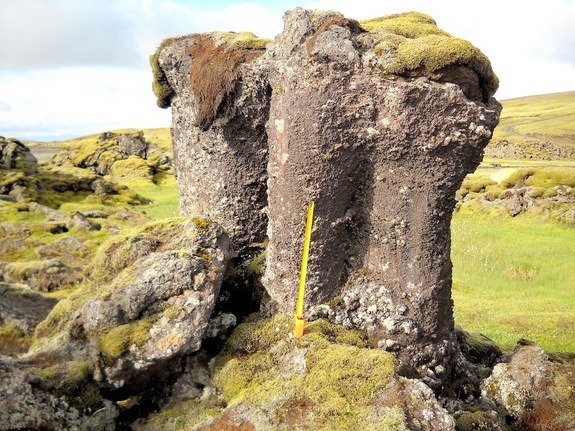
© NASAEarth has multiple layers: the crust, the mantle, the liquid outer core and the solid inner core.
Something is not quite right inside the Earth's core. When seismic waves from earthquakes ripple through its solid center, they hit a speed bump.
The seismic vibrations should zip along about 30 percent faster than their actual speed, according to experiments and computer models recreating the conditions inside the
inner core. Scientists have tried to explain this odd observation by playing around with the core's properties - adding metal such as nickel, or suggesting that iron acts strangely deep inside the planet.
Now, a new computer model of Earth's inner core explains the seismic wave slowdown via changes in iron's strength just before the metal melts. The findings were published Oct. 10 in the journal
Science.
Scientists think the Earth's outer core is liquid, but the heart is solid iron and nickel, plus traces of elements such as sulfur and gold. Seismic waves passing through the core provide a snapshot view, similar to a CT scan, of its structure. The planet's magnetic field and the
rotation of the Earth also offer clues to the core's composition and structure.
 Record breakers: Scientists say that a 1,240-mile flight carried out by three Alpine Swifts is the longest recorded flight made by any bird
Record breakers: Scientists say that a 1,240-mile flight carried out by three Alpine Swifts is the longest recorded flight made by any bird











Comment: For more information on this topic, see On viral 'junk' DNA, a DNA-enhancing Ketogenic diet, and cometary kicks: